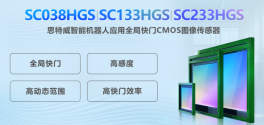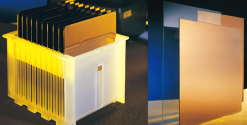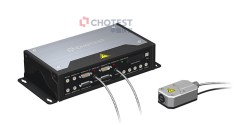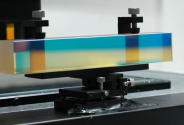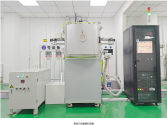In the field of advanced packaging, both interposers in 2.5D packaging and 3D packaging use TSV, but recently many people have heard of the term Through Glass Via (TGV). Through Glass Via (TGV) has great potential and may become a common feature of advanced packaging technology in the future. This article will briefly describe the application and development trend of Through Glass Via (TGV) in advanced packaging, as well as a brief introduction to the process.
In the field of advanced packaging, both interposers in 2.5D packaging and 3D packaging use TSV, but recently many people have heard of the term Through Glass Via (TGV). Through Glass Via (TGV) has great potential and may become a common feature of advanced packaging technology in the future. This article will briefly describe the application and development trend of Through Glass Via (TGV) in advanced packaging, as well as a brief introduction to the process.
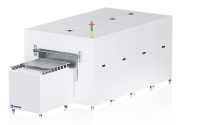
Glass substrate is the next generation chip substrate, and its core material is made of glass. The key technology of glass substrate packaging is TGV. The glass substrate industry chain includes production, raw materials, equipment, technology, packaging, testing, and application, with the upstream being production, raw materials, and equipment. Due to its unique physical and chemical properties, glass substrates show great potential in the application field of electronic component materials.
The global IC packaging substrate market is developing rapidly, and is expected to reach US$31.54 billion in 2029. Glass substrates are the latest trend, and the penetration rate is expected to reach more than 50% within 5 years. The global glass substrate market has broad space and is expected to grow to US$11.3 billion in 2031. The scale of China's glass substrate market continues to expand, reaching 33.3 billion yuan in 2023. Domestic manufacturers have significant cost advantages, and the localization of glass substrates is accelerating, with huge market space.
Through-Glass Via (TGV) interconnection technology can be traced back to 2008, derived from 2.5D/3D integrated TSV adapter board technology, mainly used to solve the problems of TSV adapter board due to silicon substrate loss, high material cost and complex process. In recent years, the technology has been increasingly improved. Various leading companies have begun to lay out and produce some samples for different fields including: sensors, CPU, GPU, AI, display panels, medical devices, semiconductor advanced packaging, etc.
The advantages of through glass via (TGV) are mainly reflected in:
1) excellent high-frequency electrical properties.
2) Large-size ultra-thin glass substrates are easy to obtain.
3) Low cost. Benefiting from the easy availability of large-size ultra-thin panel glass and the fact that no insulating layer needs to be deposited, the production cost of a glass adapter plate is only about 1/8 of that of a silicon-based adapter plate.
4) The process is simple. There is no need to deposit an insulating layer on the substrate surface and the inner wall of the TGV, and there is no need to thin the ultra-thin adapter plate;
5) Strong mechanical stability. Even when the thickness of the adapter plate is less than 100µm, the warpage is still small;
6) It has a wide range of applications. It is an emerging vertical interconnection technology used in the field of wafer-level packaging. It provides a new technical approach to achieve the shortest distance and smallest spacing between chips. It has excellent electrical, thermal and mechanical properties. It has unique advantages in RF chips, high-end MEMS sensors, high-density system integration and other fields. It is one of the first choices for the next generation of 5G and 6G high-frequency chip 3D packaging.
